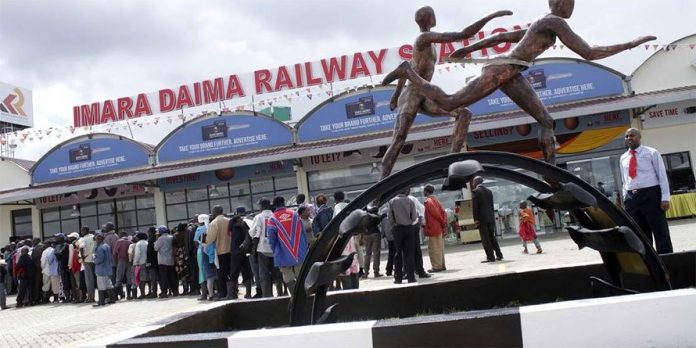By EDWARD OMETE
In 2008, the Institute for Economic Affairs’ publication, The Budget Focus, released an analysis titled Infrastructure-Road and Rail sector budget performance 2003-2008. Ten years down the road, a review shows progress on the roads sector allocation, but excluding the standard gauge railway (SGR), no scale-up as far as urban rail infrastructure is concerned.
Public health practitioners, now realize the health and socio-economic costs inefficient and unsafe road transport causes. Beyond caring for road traffic accident casualties, respiratory disease linked to air pollution and mental strain patients from inefficient commutes, what proactive measures can we apply.
For both urban and long distance travel, trains are far much safer and convenient modalities than vehicles. A key evaluation metric for this is Disability Adjusted Life Years and fatality per 100,000 passengers or per kilometre. The Mombasa highway versus the Nairobi-Mombasa rail line are good comparisons for both commuter and cargo operators’ accident rates.
Two publications shed light on this: A Scorecard on Urban Transport and Health, as well as the joint WHO, GIZ Health Effects and Risks of Transport Systems (HEART). These sum up the challenges to be faced by future cities and also offer strategies to mitigate these problems.
One recurring recommendation is subsidies as ways to shift commuters from road to rail. Improved urban rail networks have an opportunity to reach more commuters, particularly those in low income areas where Kenya’s current rail lines run…Read more>>



